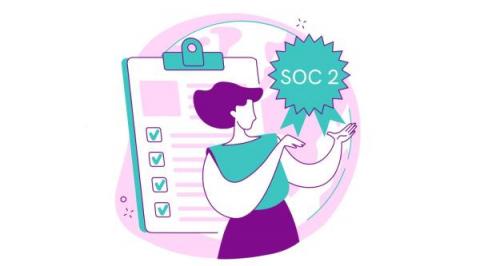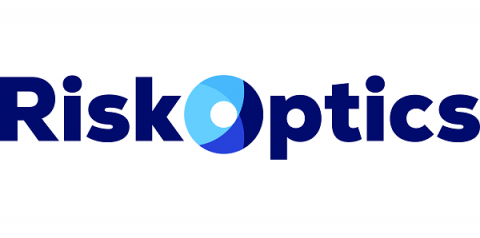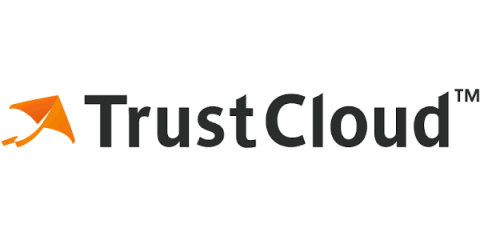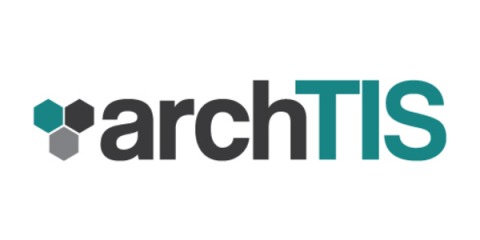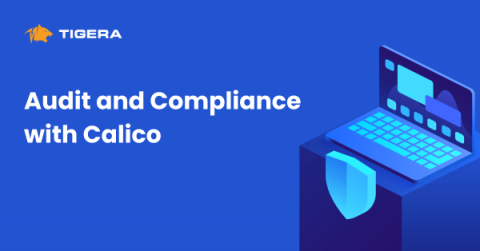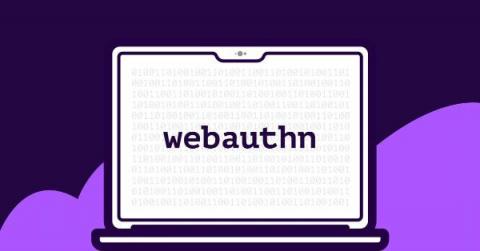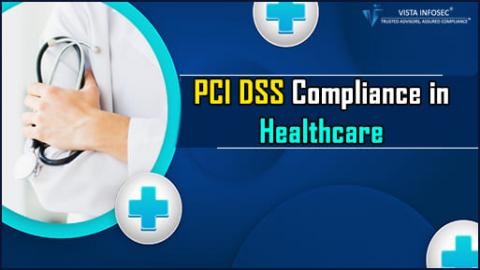Why SOC 2 is an Industry Standard
SOC 2 (Service Organization Control 2) provides a framework for assessing and reporting on the security, availability, processing integrity, confidentiality, and privacy of systems and data of service organizations. It was developed by the American Institute of Certified Public Accountants (AICPA) to address the need for consistent and comprehensive security and privacy controls in service organizations.


